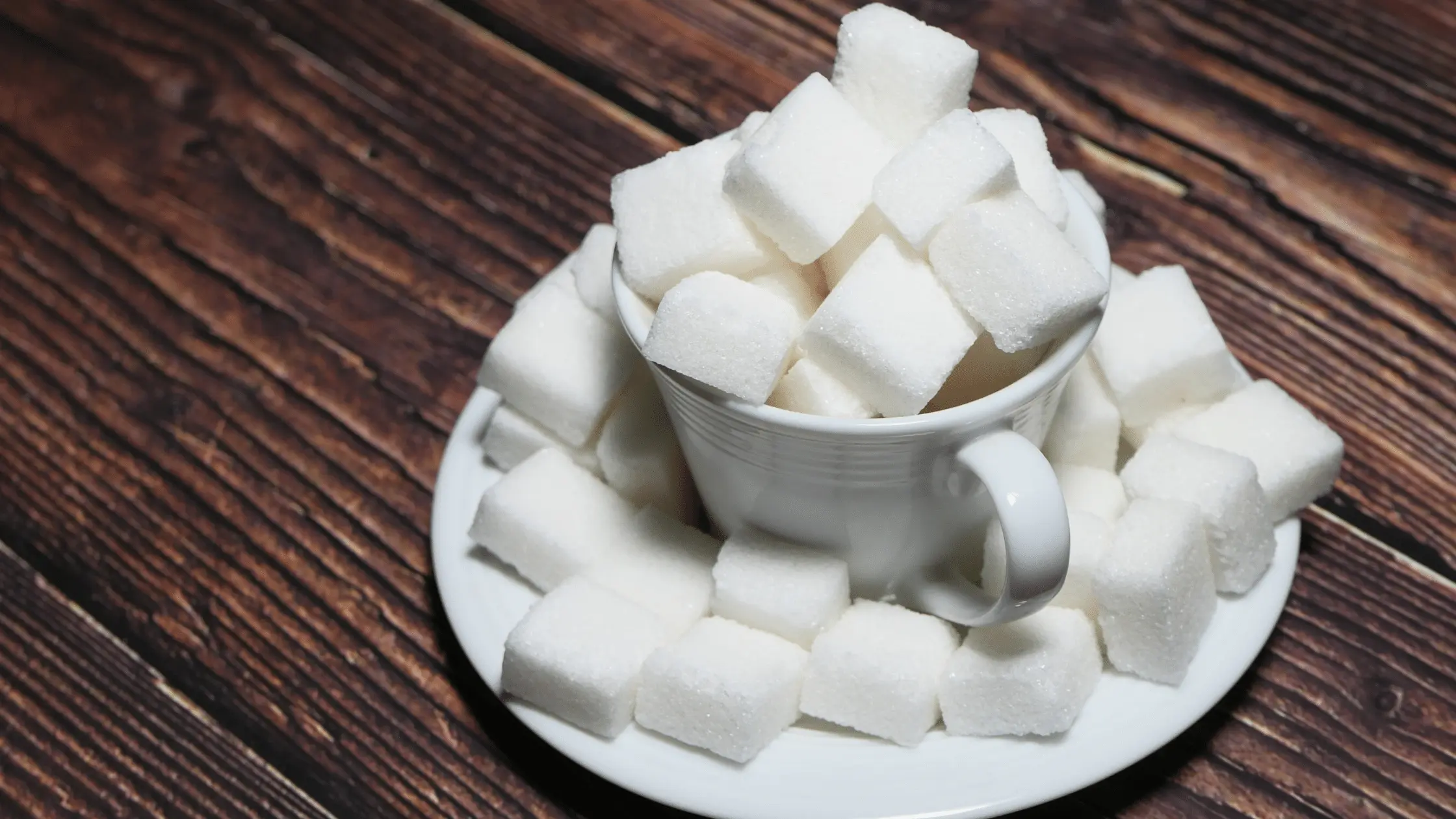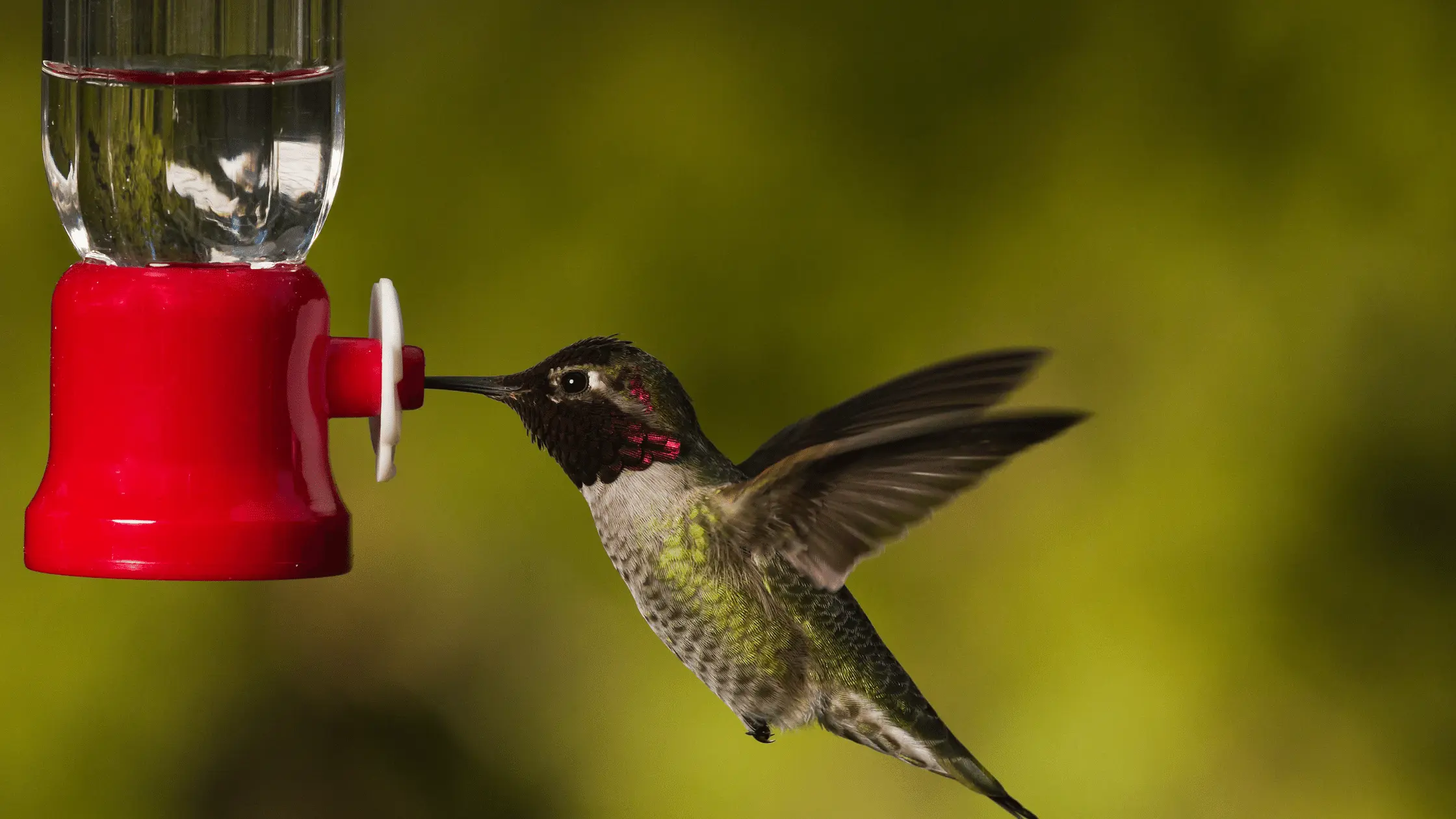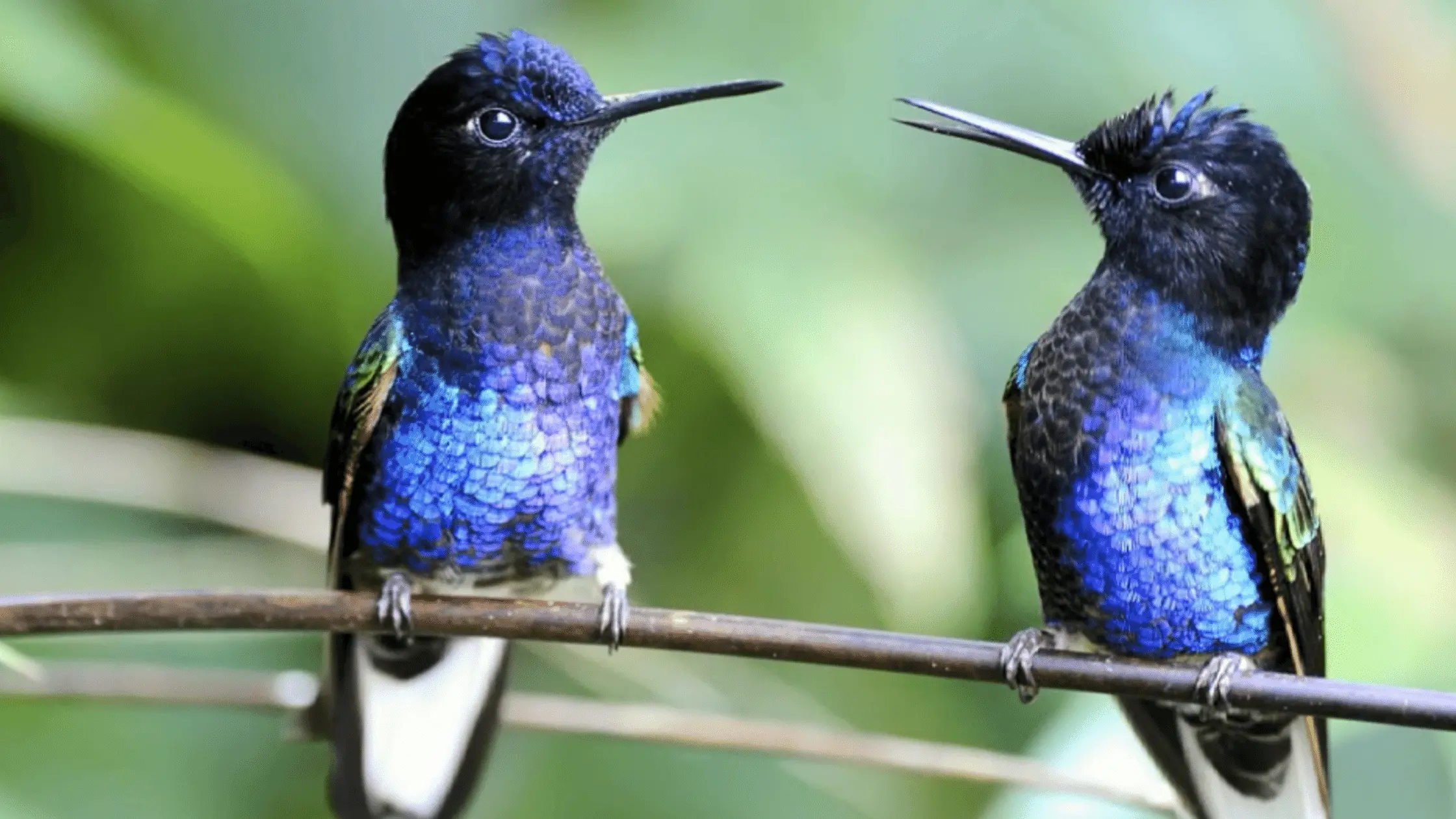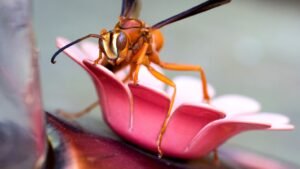Summer comes with enjoyable warm weather, which entails fun for many. However, if you are a hummingbird enthusiast who owns a feeder, you would know it’s also the time to put in some extra work.
During summer, you need to change your hummingbird food very often. But how often exactly?
In this blog post, you will discover the risks stale hummingbird food poses to hummers and the benefits of changing your hummingbird food more often during the summer.
Hummingbird Food Is A Natural Attraction

What is the primary component of hummingbird food? SUGAR!
Although hummers are very tiny birds, they are highly energetic creatures. Hummingbirds can beat their wings up to 15 times per second. So, they require an energy-rich diet. Like most birds, hummingbirds are sweet-toothed and enjoy sweet nectar. Hence, sugar is the primary component of any hummingbird food.
Like natural flower nectar, sugar solutions are sweet, giving hummingbirds the energy they need. However, parasites such as fungi and bacteria also thrive in the presence of energy-rich cultures. Therefore, your hummingbird food will naturally attract these harmful parasites and provide sufficient nourishment for their multiplication.
These parasites can lead to disease and possibly death when ingested by hummingbirds. Little insects such as wasps and bees disturb hummingbird feeders for sweet nectar. These insects are naturally aggressive, so they will hog any food source they find and defend it against perceived intruders.
These insects also introduce harmful parasites to your hummingbird’s food when they feed. The continued presence of these insects on your hummingbird feeder will push hummingbirds away from that feeder.
How Heat Affects Hummingbird Food
Most parasites require humid conditions for their propagation. Hummingbird feeders are airtight reservoirs that are also in the sunlight for most of the day.
During the day, the sun heats the hummingbird feeder and the sugar solution in the reservoir. The heating causes the hummingbird food to evaporate and steam up the pool. This continuous cycle creates the perfect humid conditions for fungi and parasites.
You can tell these parasites are present when you notice any black or white bodies floating in your hummingbird food. Also, due to the pressure inside the reservoir, evaporated hummingbird food is forced out from the feeding ports on the hummingbird feeder.
The evaporated sugar solution cools once it escapes the reservoir and crystallizes on the body of the hummingbird feeder. These sugar crystals attract insects such as wasps and bees to the hummingbird feeder.
Why You Should Change Hummingbird Food Often During Summer
The summer season comes with higher temperatures, and this temperature increase leads to more humidity inside your hummingbird feeder. Hence, the bacteria and fungi in your hummingbird food multiply much more during the summer.
Also, the extreme heat evaporates more hummingbird food during the summer. So, the body of your hummingbird feeder will be left with lots of crystallized sugar stains.
These stains will attract more wasps and bees to your hummingbird feeder. Therefore, you need to empty and clean your hummingbird feeder at least twice a week during the summer.
Why You Should Clean Hummingbird Feeders When You Change Hummingbird Food

Changing hummingbird food will reduce the chances of hummingbirds ingesting harmful parasites. But it is better to clean a hummingbird feeder every time you empty it.
The harmful parasites in hummingbird food can also be found in the stains of crystallized sugar. Hence, cleaning the hummingbird feeder with a mild bleach solution every time you change the hummingbird food is best.
Frequently Asked Questions
How Do I Keep Wasps Away From Hummingbird Feeders?
There are several ways to keep wasps away from your hummingbird feeders.
The most effective way is to install guard traps on your hummingbird feeder. Guard traps allow hummingbirds to access the nectar mixture in the feeder but block insects such as wasps from accessing the variety.
Do not use insecticides or other harmful chemicals on hummingbird feeders. Besides harming hummingbirds, these toxic chemicals pose a significant environmental risk.
How Do I Know that Hummingbird Food Is Spoilt?
You can tell that your hummingbird food has gone bad when you notice mold or fungus growth on the feeder. Spoilt hummingbird food might also develop a milky coloration and repulsive odor.
What Sugar Ratio Do I Use To Prepare Hummingbird Food?
Sugar solutions provide hummers with the energy they need to function effectively. But you do not need to use a lot of sugar to prepare hummingbird food, and a sugar solution with a sugar-to-water ratio of 1:4 will be adequate as hummingbird food. Also, you can make non-sugar-based hummingbird food mixtures with cane syrup, fruit extracts, and many other solutions.
How Do I Store Hummingbird Food?
If you prepare more hummingbird food than your hummingbird feeder can take, you should refrigerate the remaining mixture until it’s ready to use.
Refrigerating hummingbird food will hinder the development of harmful parasites in the sugar solution and ensure that it lasts longer. However, after ten days, you must do away with any hummingbird food and prepare a fresh mixture instead.





